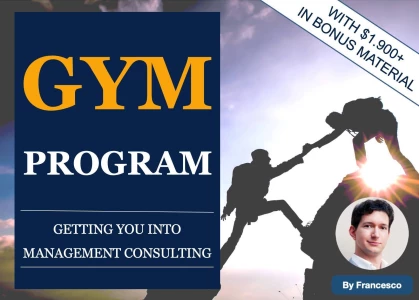Hi Everyone,
I am going in for a case interview in Asia. I will be given the case for an hour to study and have another hour to present.
Any tips on the case topics and scope of questions for the case interview. So I can get a better idea of how I should prepare.
Thank you!


